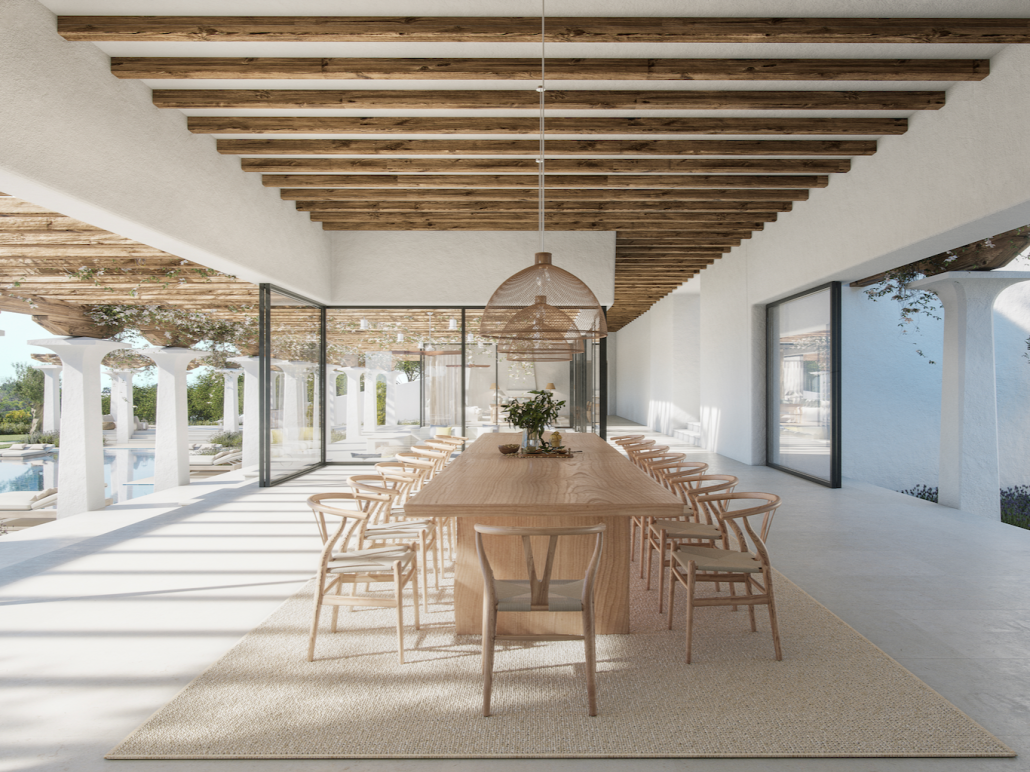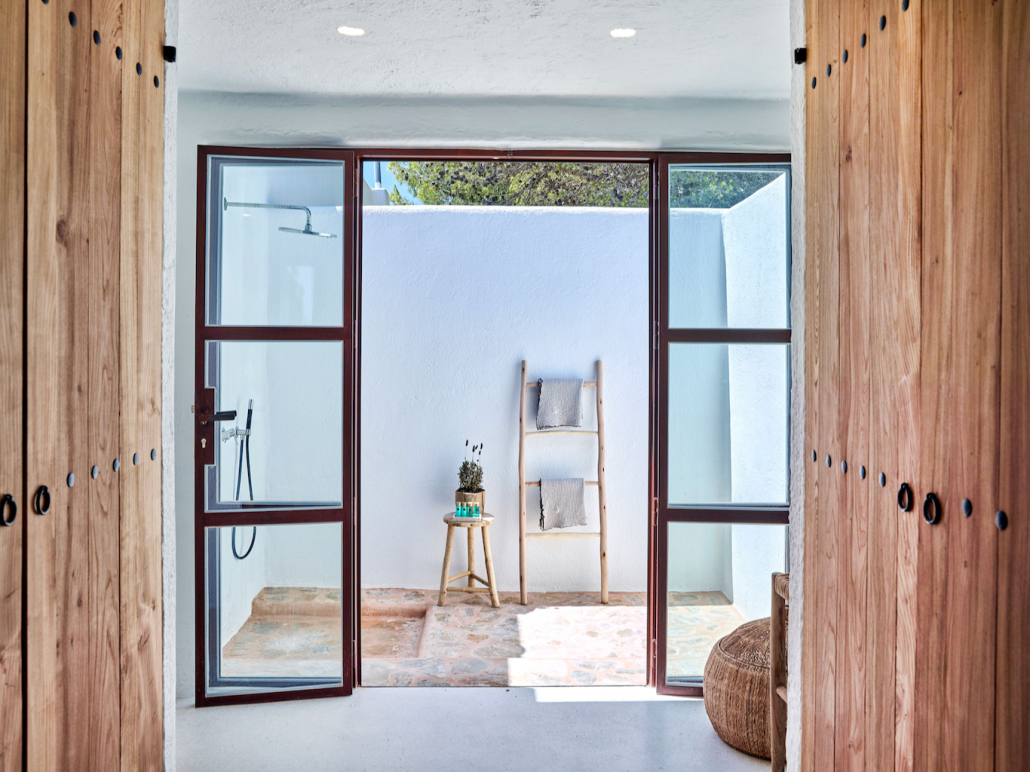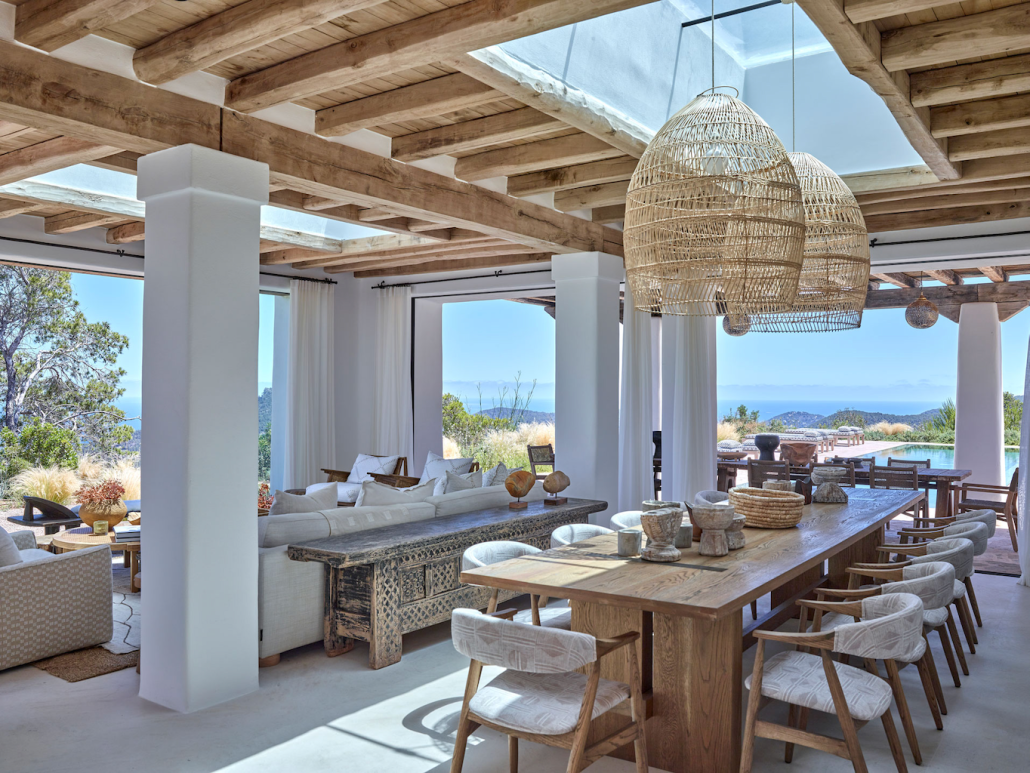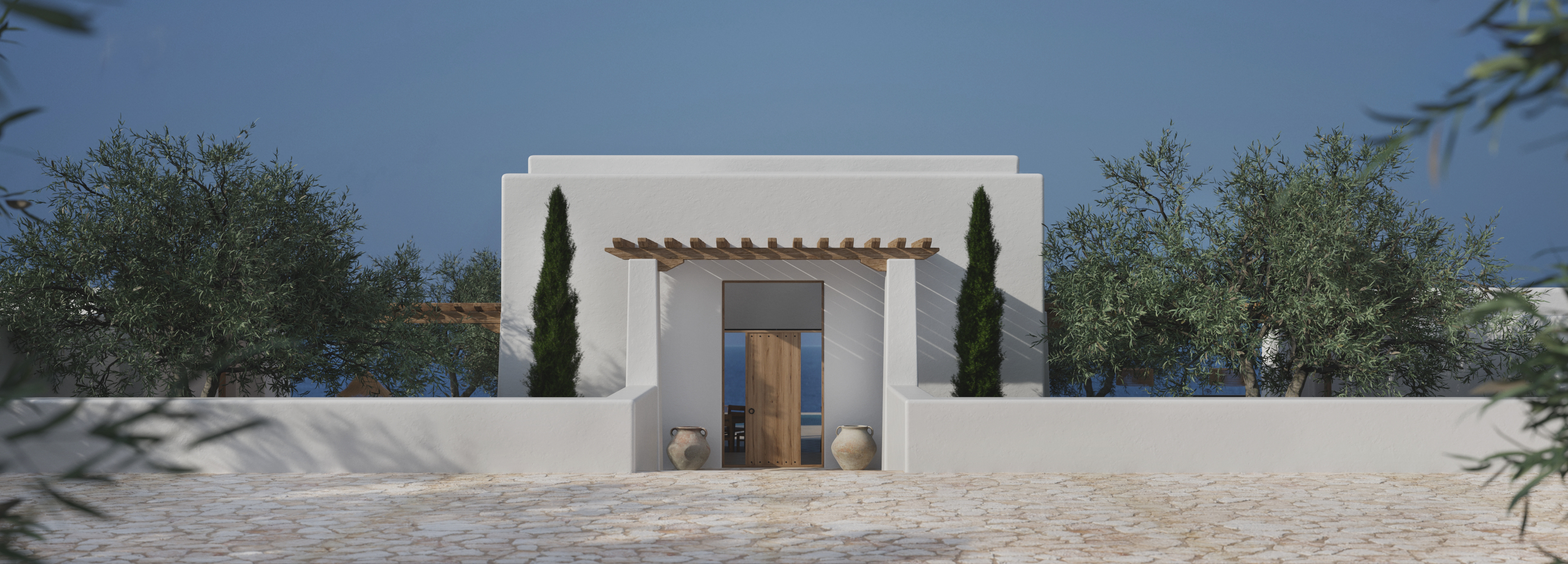It’s only architecture aficionados who step into a space and notice the design immediately. For most of us, architecture is felt before we’re able to put words to it. A beautifully calibrated space speaks first to the senses, revealing its harmony through the subtle drift of the breeze, the quality of the light and the gentleness of the colour palette. In spaces like these, every detail works in harmony to create balance, ease, and calm. This isn’t incidental. It’s the result of myriad choices deliberately designed to nurture a sense of wellbeing.

The World Health Organisation estimates that we spend close to 90-percent of our lives indoors and research increasingly confirms what good designers have always intuitively known: our surroundings affect our wellbeing. Design is inseparable from good health. Architecture influences how we rest, how we work, our relationships and even how we heal. Studies have shown that exposure to natural light improves sleep and regulates the circadian rhythm. Access to greenery, expansive views and natural materials lowers blood pressure, reduces anxiety and supports cognitive performance. In one study, hospital patients recovering in rooms overlooking trees needed fewer pain medications and were discharged earlier than those without views.
These insights are embedded in Blakstad’s design process. The very first step in a Blakstad project is to track the trajectory of the sun across the plot so that natural light can be guided through the spaces. Skylights, pocket doors and picture windows draw sunlight into interiors, while internal courtyards, vine covered pergolas and shaded porches soften glare and regulate temperature. Water features placed to catch points of cross-ventilation create natural cooling systems that work quietly and subliminally, enhancing comfort and decreasing the need for artificial climate control.

Facilitating dialogue between the outdoors and interiors is an essential component of a Blakstad design. Living spaces open onto terraces and gardens, creating a gentle permeability between shelter and the land. This connection to nature fosters a sense of grounding, something environmental psychologists call soft fascination – the quiet engagement we experience when surrounded by natural forms, patterns and sounds. These subtle interactions restore mental energy and reduce stress, and Blakstad homes achieve them not through trends or technology, but through orientation, proportion and tactility.
Surfaces are chosen not only for beauty or durability but for the way they feel and age. Warm timber, textured stone and limewashed walls create a layered visual respite from the busyness of digital lives. The coolness of stone beneath bare feet on a summer afternoon, the scent of sun-warmed wood, the soft hush produced by thick walls holding back the heat – these are not simply decorative gestures but deeply considered architectural elements intended to induce a sense of wellbeing and belonging.

The science echoes what instinct tells us. Spaces that engage multiple senses – sight, sound, touch and even scent – provide a chance for mental and physical restoration. A breeze shifting through open rooms, dappled light moving across a wall, birdsong carried in from the garden: these small, incidental moments remind us, often without our awareness, of our connection to a larger natural rhythm.
In an age of urbanisation, overstimulation and disconnection from nature, the spaces we inhabit matter more than ever. Architecture influences our physiology as much as our psychology, shaping sleep, focus, relationships and even longevity. Blakstad homes are designed with this understanding at their core, drawing on centuries of local knowledge while embracing innovation where it serves human health and comfort. To inhabit such a home is to experience balance made tangible – a reminder that when design works in harmony with nature, it has the power to heal.


